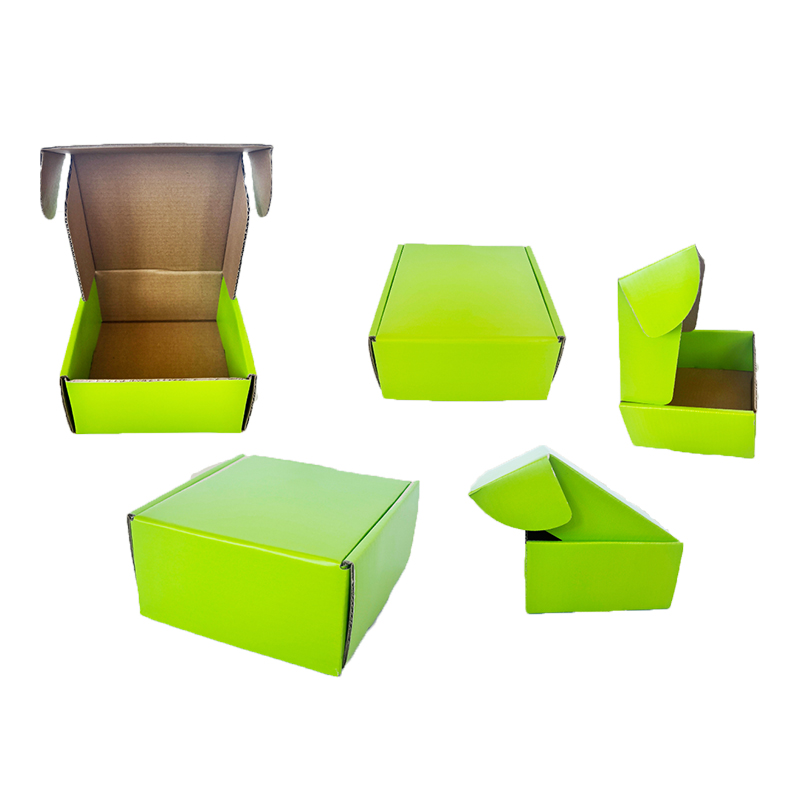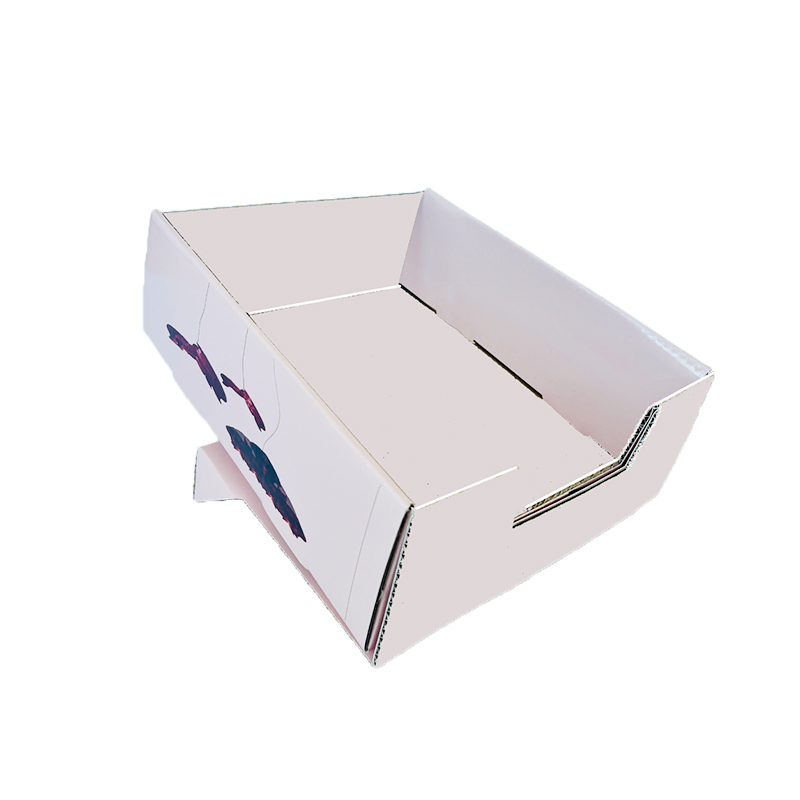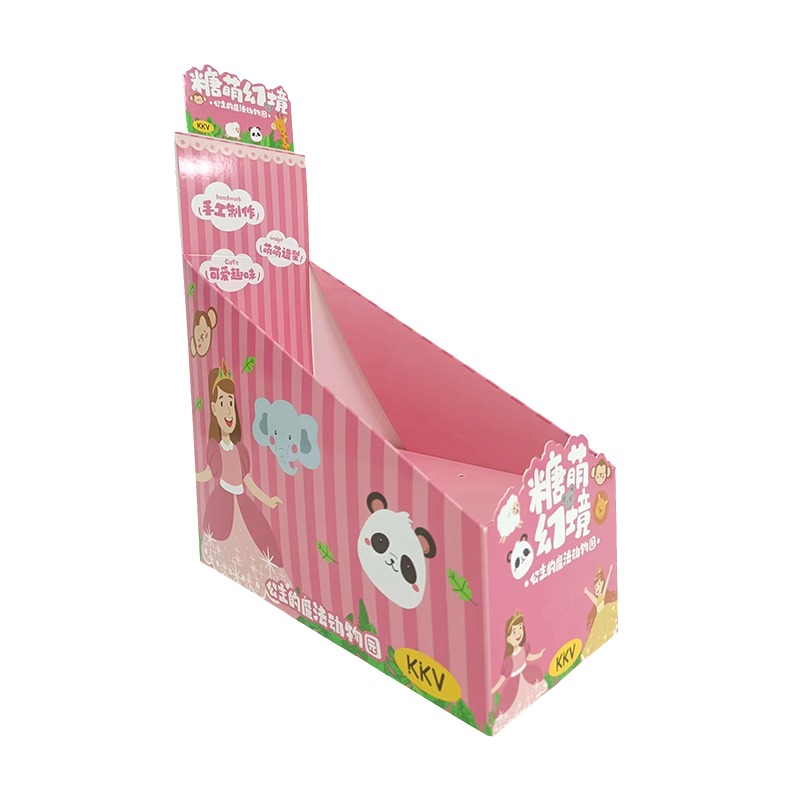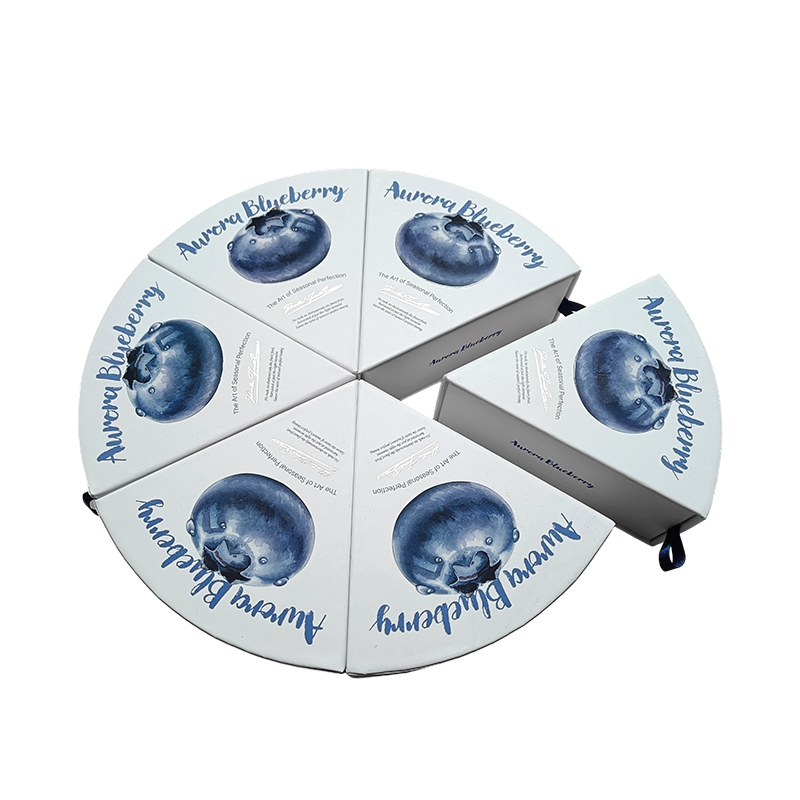In the fast-paced world of retail, product presentation is paramount. A PDQ Display Box (Pretty Damn Quick) is an indispensable tool for brands and retailers aiming to maximize impact and drive sales at the point of purchase. These ready-made, self-contained units are designed for swift assembly and high visual appeal. This comprehensive guide delves deep into the world of PDQ displays, exploring their types, benefits, and how to choose the perfect one for your campaign, ensuring your products stand out in a competitive marketplace.
What is a PDQ Display Box?
A PDQ Display Box is a pre-designed, often modular, retail display unit used to showcase products prominently. The acronym "PDQ" stands for "Pretty Damn Quick," highlighting its primary advantage: incredibly fast and easy assembly by store staff without the need for specialized tools. These displays are typically made from high-quality cardboard, corrugated board, or plastic and are strategically placed in high-traffic areas like checkout counters or aisle ends to capture customer attention instantly.
- Speed of Deployment: The core design philosophy is ease and speed, reducing labor costs and ensuring timely promotional launches.
- All-in-One Solution: They often arrive flat-packed and include everything needed—the structure, branding, and sometimes even the product arrangement template.
- Targeted Marketing: PDQ boxes are perfect for new product launches, seasonal promotions, or cross-selling complementary items directly where purchasing decisions are made.
Benefits of Using Countertop PDQ Displays
Countertop PDQ displays are specifically engineered for placement on retail counters, making them ideal for impulse purchases. Their strategic location at the point of sale ensures high visibility among customers who are already in a buying mindset. The benefits extend beyond mere visibility, offering tangible advantages for both brands and retailers.
- Maximizes Impulse Buys: Placing small, enticing items like confectionery, cosmetics, or small electronics at the checkout significantly increases the likelihood of unplanned purchases.
- Space-Efficient: They utilize often-underused counter space without obstructing the workflow of cashiers or customers.
- Brand Reinforcement: Even a small display on a counter acts as a constant brand reminder, reinforcing marketing messages and logo recognition.
- Cost-Effective Marketing: Compared to larger floor-standing displays, countertop units are generally less expensive to produce and distribute, offering a high return on investment for targeted campaigns.
How to Choose a Custom PDQ Display Box for Your Product
Selecting the right custom PDQ display box is a strategic decision that can make or break a promotional campaign. A one-size-fits-all approach does not work; the display must be tailored to your product's specific dimensions, weight, and marketing goals. A well-chosen custom display not only protects the product but also tells a compelling brand story.
- Product Specifications: Precisely measure your product's size, weight, and fragility. The display must hold the product securely without being too bulky or too flimsy.
- Target Audience: Consider the demographics and shopping habits of your end consumer. The design, colors, and messaging should resonate with them.
- Retail Environment: Understand the stores where the display will be placed. Available space (countertop vs. floor), lighting, and overall store aesthetics should influence the design.
- Budget and Volume: Determine your budget for the project, including design, manufacturing, and logistics. Customization offers flexibility but must align with cost constraints.
Key Considerations Table
The following table outlines the primary factors to weigh when commissioning a custom PDQ display:
| Factor |
Description |
Question to Ask |
| Material |
Choice of cardboard, corrugated fiberboard, plastic, or acrylic. |
Does the product require rigid protection or is lightweight cardboard sufficient? |
| Assembly Complexity |
How many steps are required to set up the display? |
Will store staff be able to assemble it in under a minute? |
| Branding Area |
The available space for logos, product info, and graphics. |
Is there enough space to communicate the key marketing message clearly? |
| Durability |
How long does the display need to last? A weekend promo or a 3-month campaign? |
Will the structure withstand being bumped or moved frequently? |
Designing an Effective Cardboard PDQ Display
Cardboard PDQ displays are the most common type due to their versatility, cost-effectiveness, and sustainability. Designing an effective one requires a blend of graphic artistry and structural engineering. The goal is to create a unit that is visually stunning from all angles, structurally sound, and easy for retailers to handle.
- Structural Integrity: The design must support the weight of the products without sagging or collapsing. Internal supports and clever folding techniques are often used.
- High-Impact Graphics: Use bold colors, high-resolution images, and concise, compelling copy. The design should be recognizable from a distance.
- Easy Assembly: Design for intuitive assembly. Use clear icons and instructions printed directly on the board. Aim for a tool-free, tab-and-slot construction.
- Sustainability: Use recyclable materials and soy-based inks. Promoting the display's eco-friendly credentials can be a positive marketing point.
PDQ Display Box Dimensions and Size Guide
Understanding standard PDQ display box dimensions is crucial for planning, shipping, and ensuring a perfect fit in the retail environment. While custom sizes are always an option, working within common dimension ranges can help control costs and simplify logistics. A display that is too large may be rejected by retailers, while one that is too small may fail to create sufficient impact.
- Countertop Displays: Typically range from 200mm x 200mm (8" x 8") to 400mm x 400mm (16" x 16"), with heights varying from 250mm (10") to 600mm (24").
- Floorstanding Displays: These are larger, often starting at 600mm x 600mm (24" x 24") in footprint and reaching heights of 1500mm (60") or more.
- Weight Considerations: The size directly influences the weight when filled. Ensure the display, when full, is not too heavy for the intended surface (e.g., a glass countertop).
- Transportation: Consider the flat-packed size for shipping. Efficient nesting and design can drastically reduce shipping costs.
Common Size Comparison Table
This table provides a quick reference for common PDQ display types and their typical dimensions:
| Display Type |
Typical Footprint (W x D) |
Typical Height |
Common Use Case |
| Mini Countertop |
8" x 8" (200mm x 200mm) |
10" (250mm) |
Small impulse items (e.g., lip balm, phone accessories) |
| Standard Countertop |
12" x 12" (300mm x 300mm) |
18" (450mm) |
Larger impulse buys (e.g., branded chocolates, small toys) |
| Gondola End |
16" x 16" (400mm x 400mm) |
60" (1500mm) |
Major promotional campaigns, featuring multiple products |
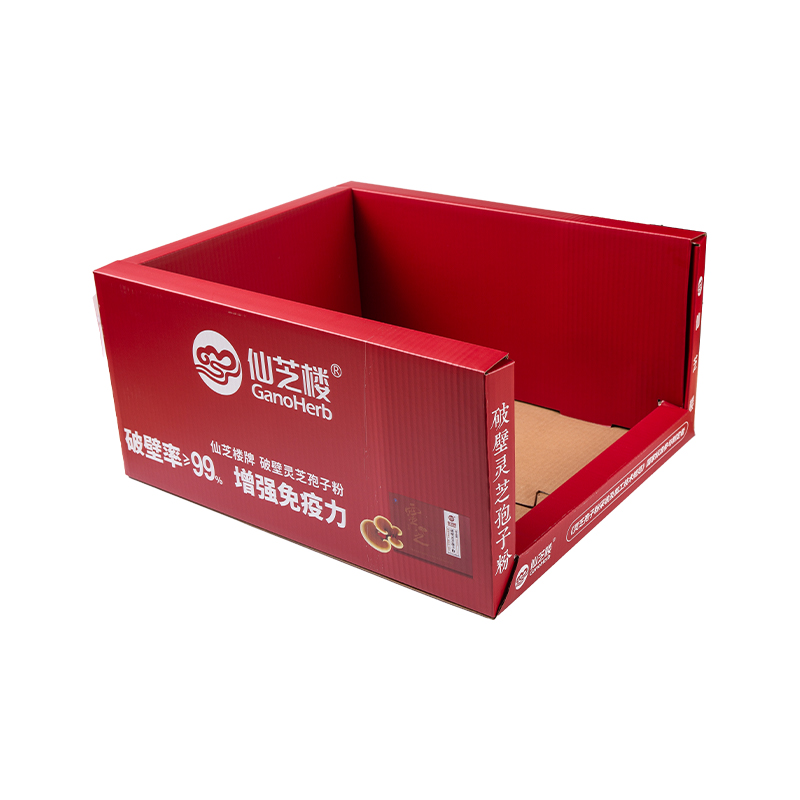
Supermarkets Can Directly Display Product Display Boxes
FAQ
What does PDQ stand for in retail?
In retail, PDQ stands for "Pretty Damn Quick." This term is used to describe display units and packaging that are designed for extremely fast and effortless assembly by store staff. The primary goal is to get products from the stockroom to the sales floor and into a presentable, branded display in a matter of minutes, minimizing labor time and ensuring promotional timelines are met efficiently.
Are PDQ displays reusable?
The reusability of a PDQ display depends entirely on its construction material and design. Most cardboard-based displays are designed for a single promotional cycle and are then recycled. However, displays made from more durable materials like plastic, acrylic, or metal are built for multiple uses. These can be refilled with new stock and used for subsequent campaigns, offering a better long-term return on investment and a more sustainable option.
How much does a custom PDQ display cost?
The cost of a custom PDQ display box can vary widely based on several factors. Simple, small-scale cardboard units can start from a few dollars per unit, especially when ordered in large quantities. More complex designs, larger sizes, or displays made from premium materials like plastic or finished with special coatings (e.g., UV spot gloss, foil stamping) can significantly increase the cost, potentially reaching tens or even hundreds of dollars per unit. The key cost drivers are material, size, print quality, and order quantity.
Where is the best place to put a PDQ display in a store?
The optimal placement for a PDQ display is in areas with the highest foot traffic and where customers are most likely to make impulse purchases. The most effective locations include:
- Checkout Counters: The prime location for impulse buys as customers are waiting and are more receptive to small, last-minute items.
- Gondola Ends: The ends of aisles are highly visible and can capture the attention of shoppers moving throughout the store.
- Store Entrance Zones: To make a strong first impression and promote new products immediately.
- Adjacent to Related Products: Placing a display next to a complementary item can encourage cross-selling.


 Français
Français Español
Español عربى
عربى
